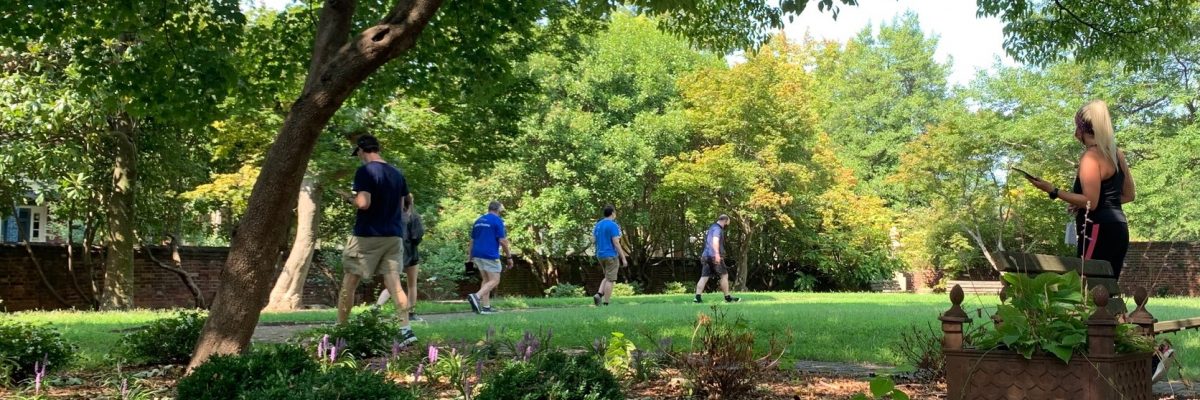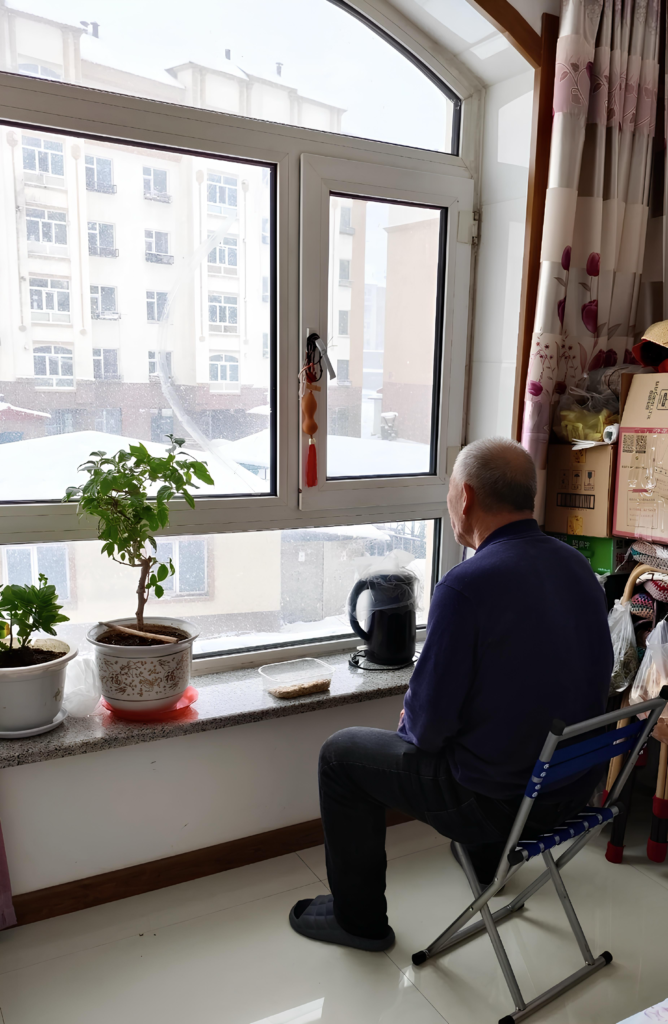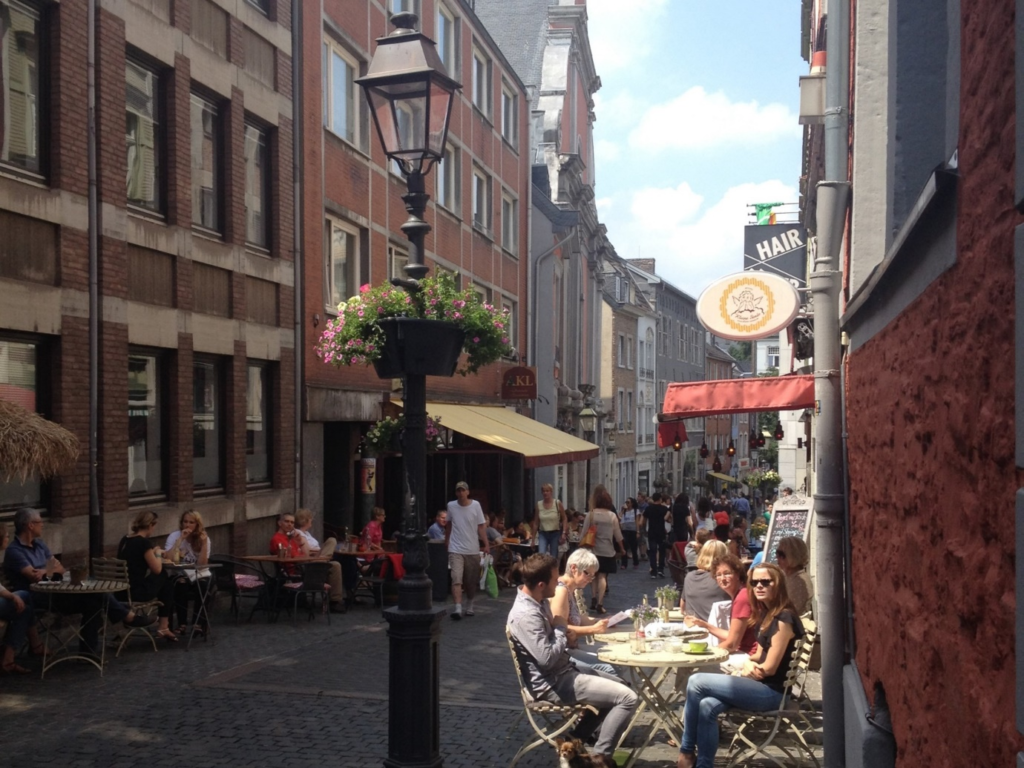City Know-hows

Target audience
Environmental psychologist, urban designers and planners, urban geographers, landscape architects, citizen scientists, community scientists.
The problem
The onset of COVID-19 highlighted the need for outdoor spaces that both promote physical activity and positively influence psychological and physical health and wellbeing outcomes. Residents of Richmond, Virginia, USA, fell short of the Centres for Disease Control and Prevention (CDC) physical activity guidelines prior to the pandemic. This suggests there is a public health requirement to understanding how urban spaces can be utilised and promoted to fulfil this need.
What we did and why
We compared psychophysiological outcomes in participants walking in two urban conditions. During one session, participants walked in an ‘urban gray’ setting: a built route with increased pedestrian and vehicular traffic. The alternate session was an ‘urban green’ setting, made up of tree lined residential streets and a pocket park. Measures included pre/post walk assessments of mood, thermal comfort and sensation and working memory and real time measurements of heart rate variability, air pollution and temperature.
Our study’s contribution
Our research adds an understanding of the psychophysiological benefits of urban (green) walks and how this has implications for public health and how we engage with our local environment. We explore the environmental characteristics that may influence these outcomes, such as particulate matter and thermal conditions.
Impacts for city policy and practice
The evidence builds on a narrative that demonstrates the health benefits of urban walks. However it adds additional context such as where these walks could take place. Further public health implications are discussed surrounding both subjective and objective health outcomes.
Further information
Center for Design + Health at the University of Virginia. Their stated mission is to understand how the design of our built environments can addressmultiple urban challenges so that our cities and the places we work and live are healthier and more nourishing for everyone. Their goal being to foster and apply research to design solutions that allow us to be fitter, happier, more productive, age better, live longer and help us all live together in a positive and meaningful way.
Full research article:
The impact of urban walking on psychophysiological wellbeing by C. Neale, J. Hoffman, D. Jefferson, J. Gohlke, M. Boukhechba, A. Mondschein, S. Wang & J. Roe
Related posts

Cold spells adversely impact the mental well-being of older adults, causing depression, sleep disturbances, and social isolation. This study highlights the failure of community services to address these issues, urging policymakers and healthcare providers to implement targeted mental health interventions for this vulnerable population.

Urban design and planning, and associated policies, must enable and support a collective adaptation to climate change by responding to local needs. These needs can be identified through an urban comfort lens considering sociocultural preferences and needs which must inform urban design and planning practice.

Older adults exercised less during COVID-19. Covid-related built environment modifications such as one-way walking systems and social distancing may have made physical activity more difficult.